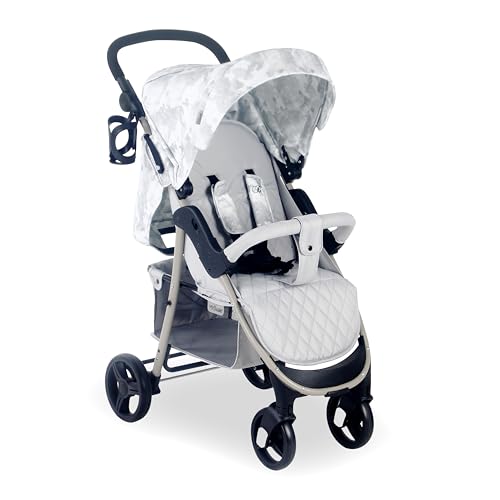10 Things That Your Family Taught You About Running Pram

What to Look For in a Running Pram
A running pram is a stroller designed to operate at higher speeds and can offer suspension on the wheels for an easier ride for baby. They usually come with a swivel front wheel that locks in place for added safety and a hand-operated brake to provide greater control.
Most pelvic floor physical therapy recommend waiting until babies are nine-months-old before they can start buggy-running. However each child is different.
Safety first
It can be rewarding to incorporate your child into your fitness routine, however safety must always come first. Make sure you pick safe, quiet pathways or wide-paved paths and stick to the times of day when your baby is most relaxed. Babies can also be fussy with a full tummy so it's a good idea to time your jog around feeding times to ensure a smooth, trouble-free experience. A 5-point harness can keep your child safe as you run, and a handbrake can assist you in keeping control. This is particularly important when you are moving quickly and you need to brake quickly.
Running prams are a fantastic choice for parents who enjoy a good cardio workout. Double the calories burned by outdoor exercise and bonding time is a winning combination that will keep you motivated as your baby grows. You may be tempted to compare your jogging speed alone with your jogging speed, however, keep in mind that pushing a baby with their gear puts more stress on your legs. If you're looking to push yourself beyond your limits consider investing in a jogging stroller with air-filled tires that absorb shocks and smooth out bumps.
Stability
Stability is crucial when you're running with your baby in the pram. It's for your enjoyment and your child's safety. Choose a pram that's stable and responsive with large wheels that can roll over any surface and taking care of bumps. It should also include a locking wheel at the front to increase maneuverability when traveling at higher speeds. Choose a model that has air-filled tyres in order to keep the pressure up and decrease the risk of punctures.
The best pram will allow you to keep your natural running posture without stooping, or leaning too far back. This can lead to aches. It is also crucial to find the right balance between pushing hard and slowing down so that you don't put too much strain on your hips, knees or back.
Choose a model that has adjustable handlebars that can be adjusted to your height to enhance your comfort and safety. This will eliminate the need to bend over when running and make sure your wrists aren't over stressed, particularly if you're doing many sprints!
It's impossible to predict the time when your baby will be ready to "graduate" from the pram. However, engaging your child in physical activity as early as possible can give them an independence and help them build the foundations for an active and healthy life. pushchairs 's also a great opportunity to spend quality time with them and also help them get used to the outdoors.
Speed
The best running prams offer an easy and stable ride at a brisk pace. They usually feature an swivel front wheel that allows easy maneuvering around town or for use in the everyday but can be locked in a fixed position to increase safety when you are going at speed. The back wheels usually have suspension and are large to reduce the impact and smooth bumps. They should also be made from a strong and puncture-resistant material.
Inducing your child to enjoy exercising with you is an incredible experience for parents and starting the process at a young age with a running stroller can encourage an active lifestyle throughout their lives. It is important to keep in mind that running with a stroller is different from running on your own. While you might be able clock up long runs faster however, your endurance might be affected and your child could be overwhelmed.

We suggest limiting your jogs until your baby is comfortable in the stroller jogging. You may find that your child is able to run longer distances prior to this point, but you should consult your paediatrician or family doctor to make sure your child is able to handle such a strenuous exercise. Also, if you're planning on pushing your baby uphill then it's best to start this once you have some experience on flat surfaces at a rapid pace. It is also possible to think about an all-terrain stroller with wide, high-traction tyres to let you deal with roots, gravel and other natural obstacles.
Comfort
In addition to safety, you'll want a pram that makes it as comfortable as it can for your little passenger. This could be suspension systems to absorb impact and reduce bumpiness or air-filled rubber tyres which give the same feeling as bike tyres, but without the risk of punctures.
It's also crucial to choose the right time to run, since babies are usually content after a nap or an eating. It's also worth considering the type of surface you'll be using. damaged footpaths can be a nightmare for novice pram runners, while smooth surfaces are more comfortable to run on at a faster pace.
Running prams are a great way to get back to your fitness routine and to keep your child with you for some of your most memorable adventures. A lot of these prams are adaptable which allows you to take your child with you on family trips even as they grow. However, incorporating your child into physical activity isn't just about boosting their health and well-being it's also about establishing their independence and empowering them to explore the outdoors independently.
